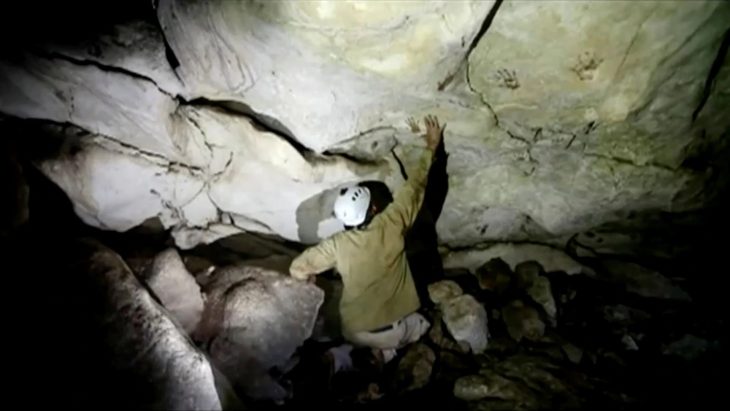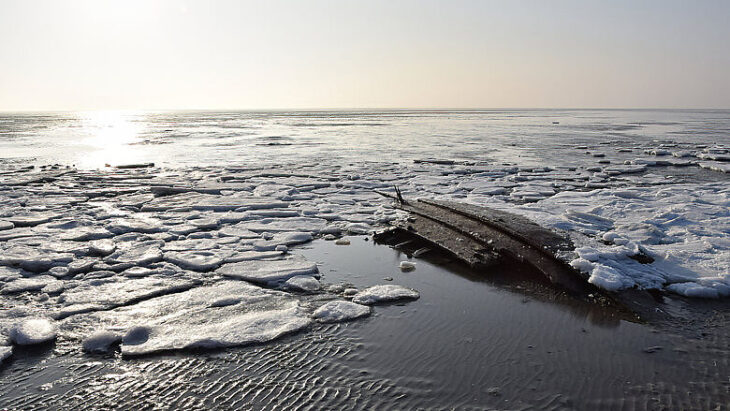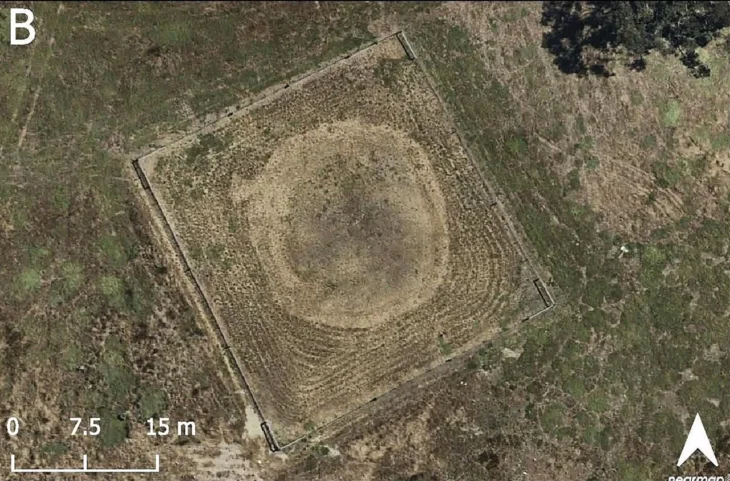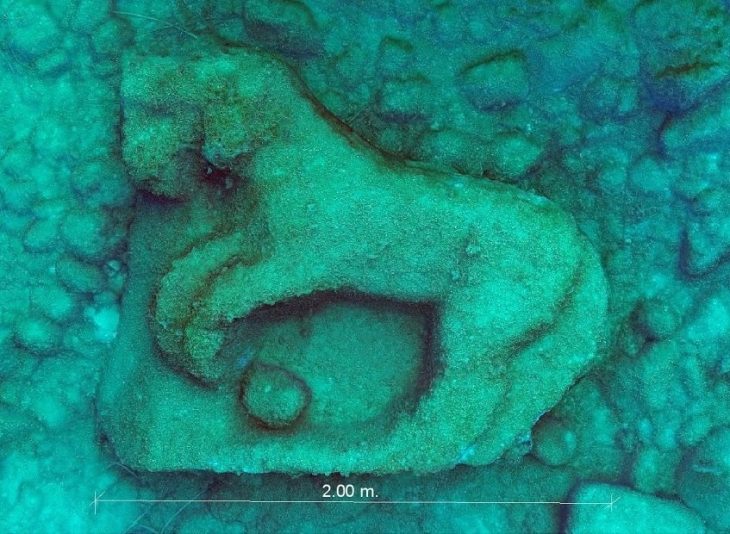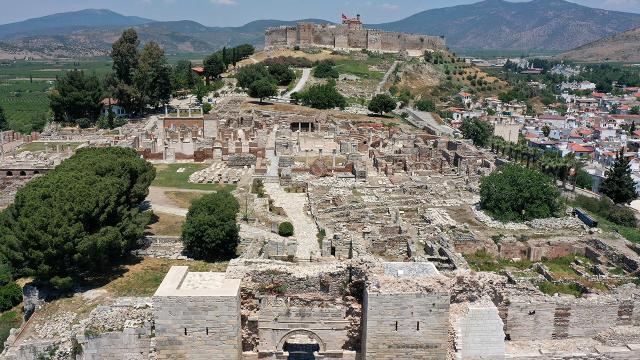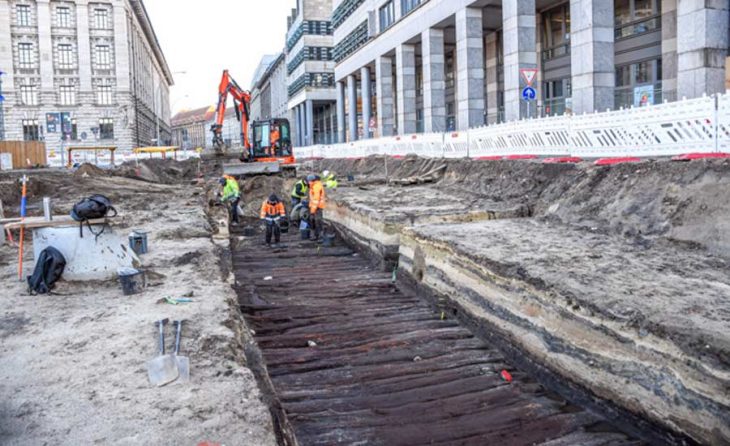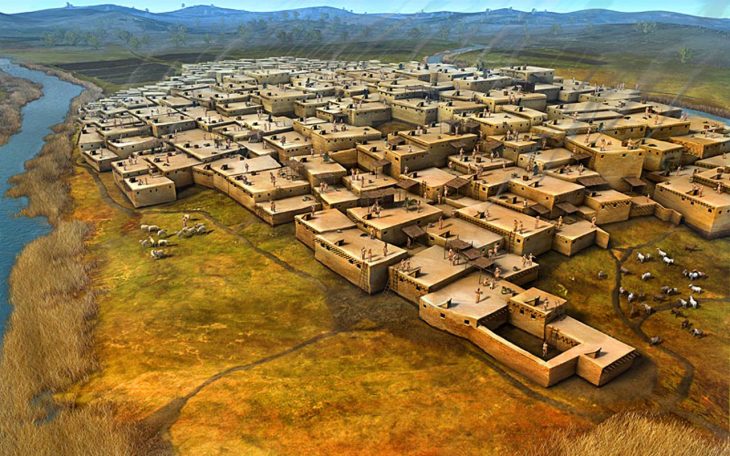Sialk Hills, located in the southwestern part of Kashan city in Iran, was known among the locals as a ‘cursed city’ where people were afraid to approach. Before a severe flood led to the discovery of Sialk Hills, no one dared to approach this terrifying location.
Thanks to the flood of 1930, the story of the Sialk Hills, dating back 7500 years to the Achaemenid Period, was also revealed. “Teppe Sialk” (In Persian, Tappe means “hill” or “mound”)
In reality, this structure is a ziggurat, a rectangular stepped tower that occasionally has a temple on top and is made primarily of clay; it is possible that calling it “hills” would not be accurate.
It is claimed to be the world’s oldest ziggurat, dating to the 3rd millennium BC, tucked away in the suburbs of the city of Kashan, in central Iran, close to Fin Garden.
After flood, a colossal number of ancient artifacts and tools like potteries were found at the surface.

After a while, a group of European archaeologists led by Dr. Ghrishman of the Louvre Museum traveled to Iran for the first time to excavate this site. All of the excavations took time, and their findings were eventually published in two books. Unfortunately, despite all of that team’s hard work and the amazing results of their findings, the government ignored the significance of this site until 2001.
The artifacts unearthed here eventually found their way to museums like The Louvre, The British Museum, The Metropolitan Museum of Art in New York, and private collectors, much like the tens of thousands of other Iranian historical sites.
Fortunately, in 2001, Dr. Malek Shahmirzadi began new excavations on this site; they took some serious measures to ensure the site and its artifacts’ survival.

Dr. Ghrishman estimated this civilization dated more than 10,000 years old. He proposes that it has six distinguishing levels in two northern and southern parts.
What remains of this ziggurat is not in a favorable condition like many other ancient ruins in Iran. At the site, there are actually two structures (necropolis) at Sialk situated several hundred feet from each other.
The three platforms of the larger ziggurat however still remain in place. Not much remains of the smaller structure.
The Elamite civilization built four ziggurats, including Sialk. The other three are:
Choqa Zanbil (1250 BC),
Susa Ziggurat (1800 BC), and
Haft Teppeh (1375 BC), all in Khuzestan.

The Ziggurat at Ur was rebuilt by Saddam Hussein with bricks stamped with his name. Sialk is the 32nd and most recent ziggurat to be discovered.
The Sialk ziggurat has three platforms, and despite being built in 2900 BC, it predates Urnamu’s Ziggurat at Ur, which was built in 2100 BC. The earliest archeological remains of the north mound, however, date back to the middle of the sixth millennium BC, or approximately 7500 years ago. A study conducted in collaboration with Iran’s Cultural Heritage Organization, The Louvre, and the Institute Francais de Recherche en Iran confirms the oldest settlements in Sialk date back to 5500 BC.
It is said that the reason for building this ziggurat was to store a colossal amount of water running nearby. The “Solomon’s Spring” called “Cheshme-ye Soleyman” is the source of bringing water from nearby mountains to the area.
Cover Photo: Apochi



